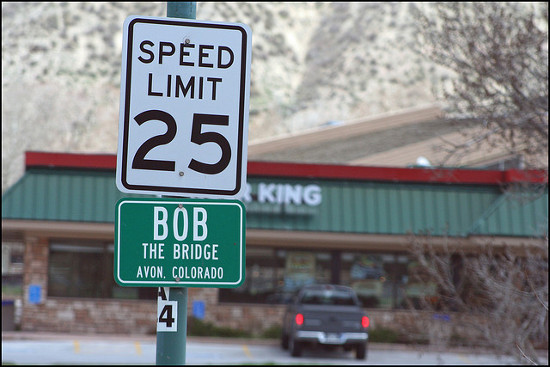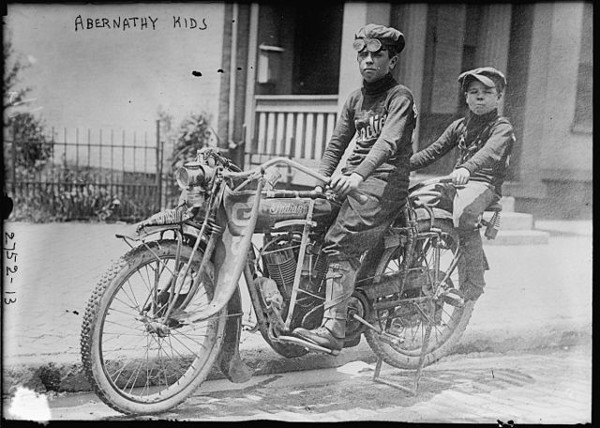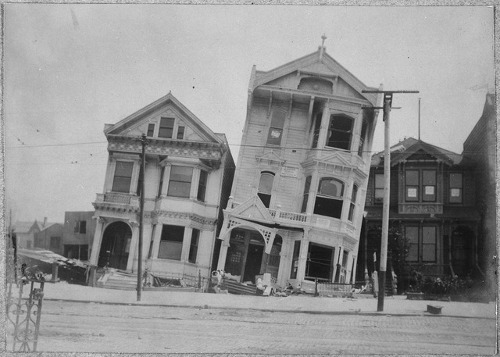John Cage indicated that his 1987 piece Organ2/ASLSP should be played “as slow as possible,” but he declined to say how slow that is. Because a pipe organ can be rebuilt piecemeal as it plays, in principle there’s no limit to how long a performance can last.
In 1997 a conference of musicians and philosophers decided to take Cage’s instruction seriously and arranged a performance that would last 639 years. Fed by a bellows, a custom-built organ in the St. Burchardi church in Halberstadt, Germany, has been playing the piece since Sept. 5, 2001; it began with a contemplative 17-month pause, then played the first chord (A4-C5-F#5) for two years. Since then it’s got through only 12 changes; the next won’t occur until Sept. 5, 2020.
This will go on for another 620 years, ending on September 5, 2640. By that time someone somewhere will probably be playing it even more slowly.








